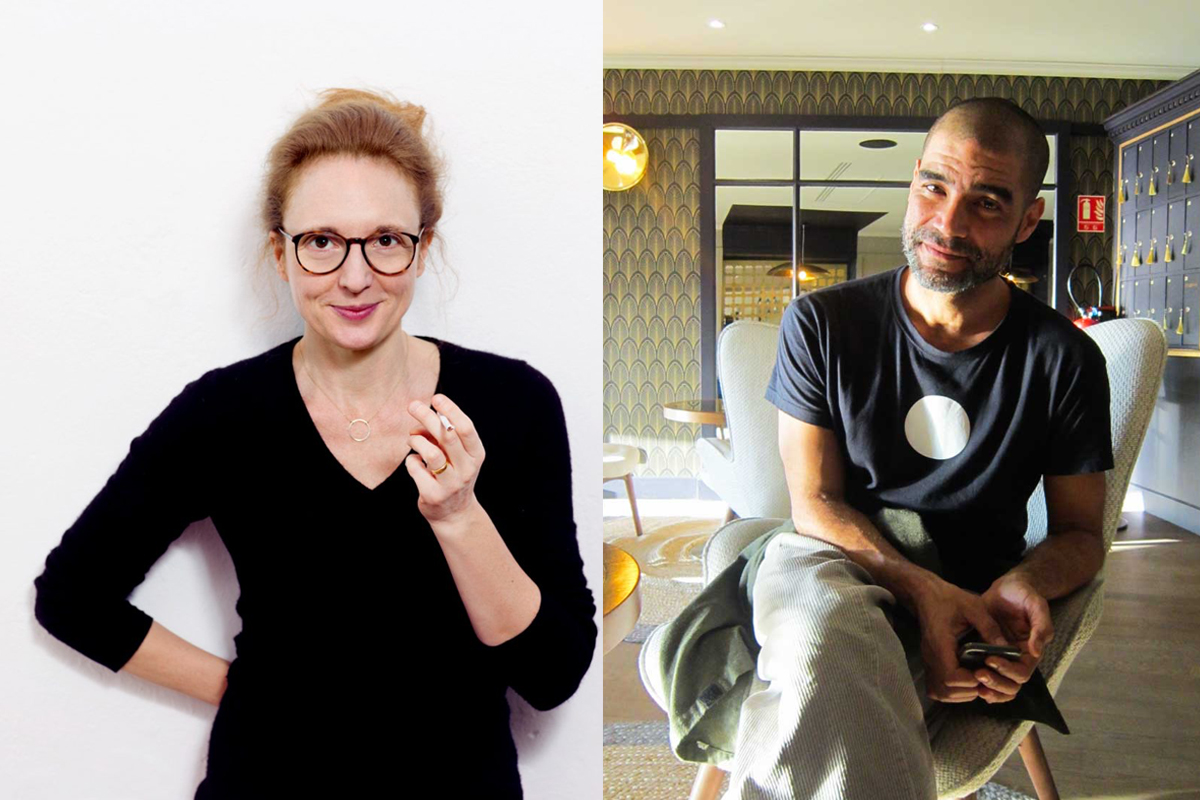With regard to the upcoming world premiere of STORY WATER at Festival d’Avignon 2018 this Thursday, i wanna share two interesting conversations focusing on the project’s music as well as the relation between music and dance on stage.
The first (English) conversation was held between journalist Mélanie Suchy, Emanuel Gat and the Ensemble Modern for the semi-annual Ensemble Modern Magazin. The second (French) conversation was held between journalist Thomas Hahn, Emanuel Gat and Rebecca Saunders, the composer of Fury II, for the online publication Danser canal historique.
